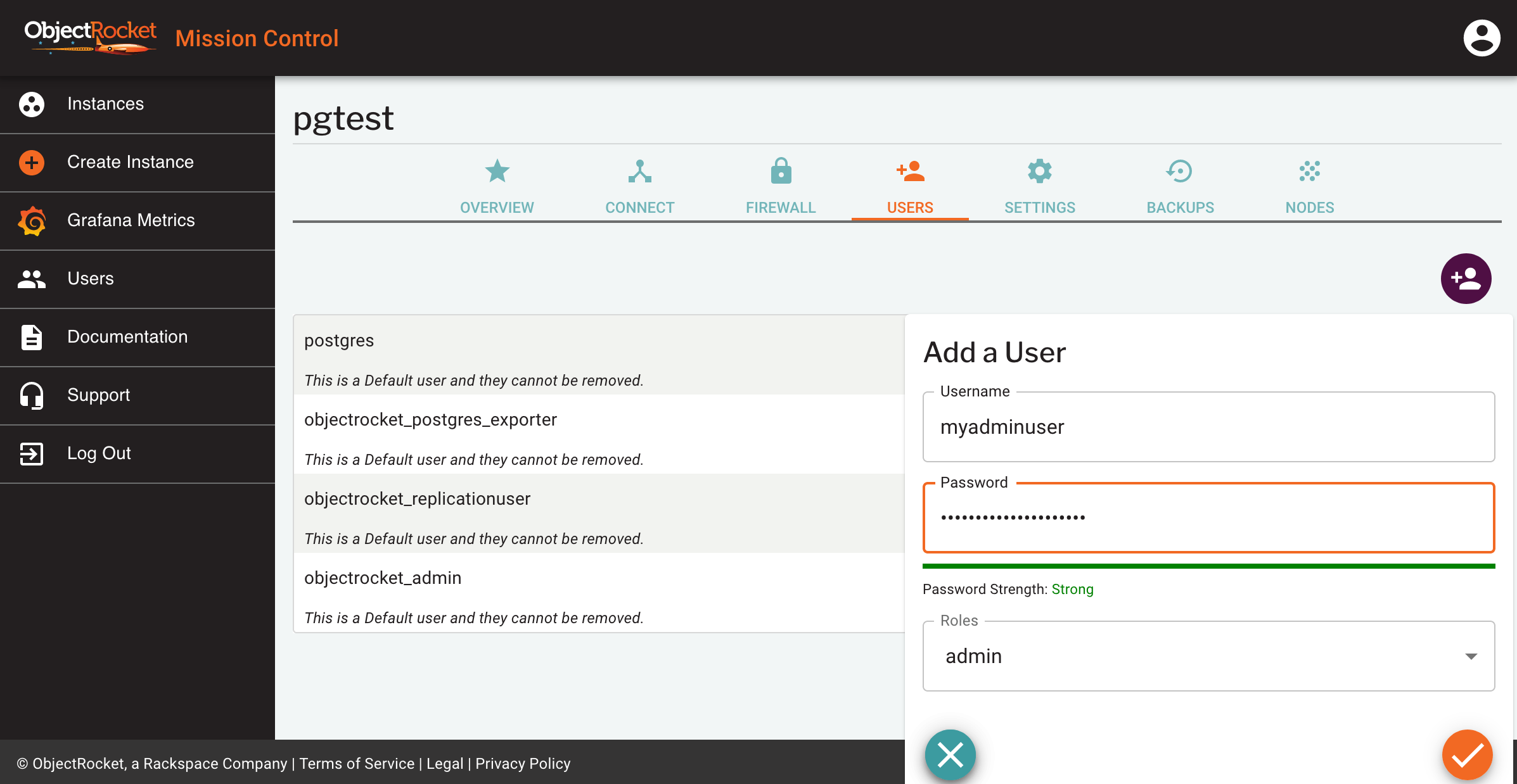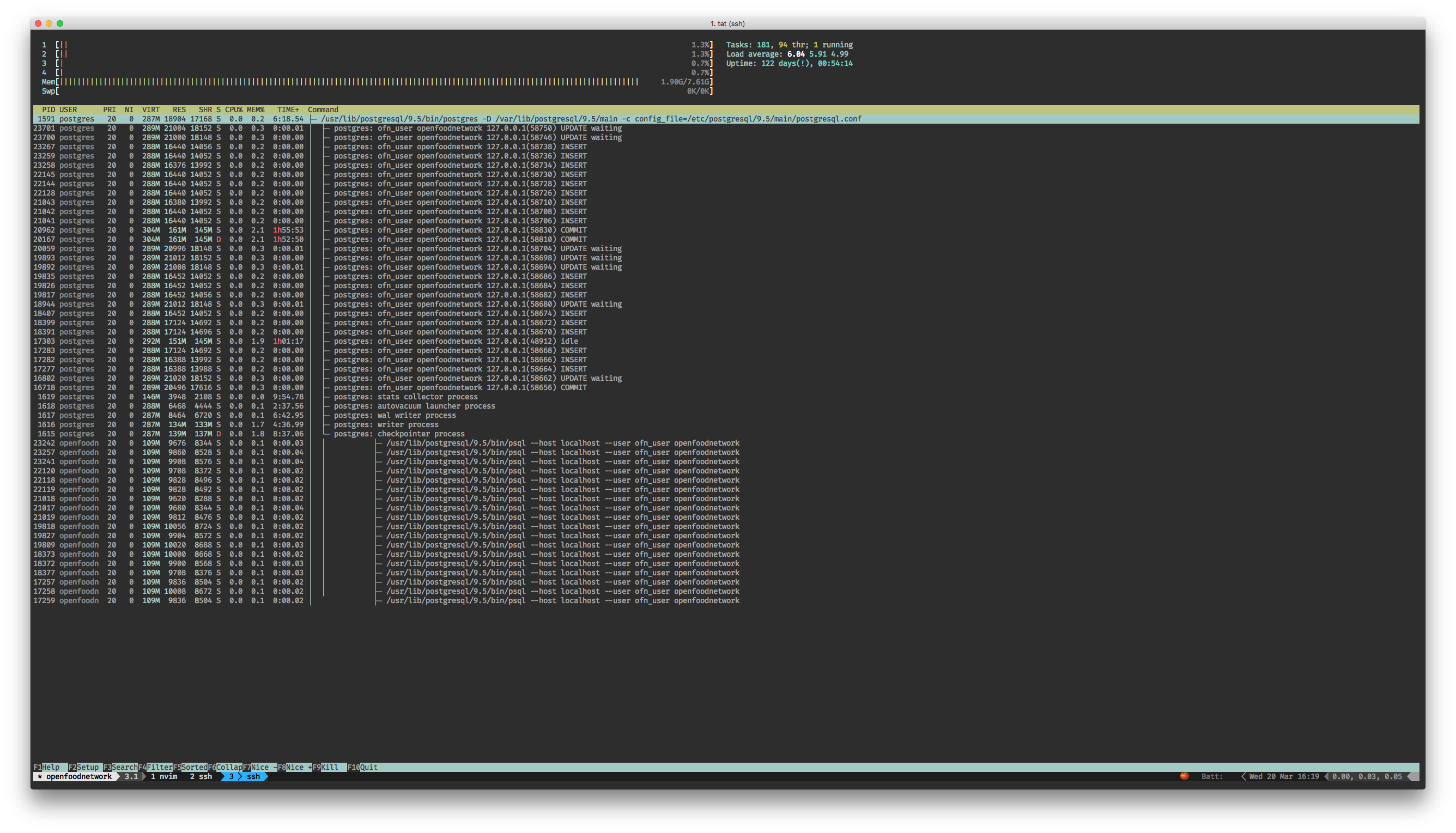

However on the other hand App logs place an additional software layer on top of the actual data, thus:
Postgres deadlock Offline#
They usually require additional software for later offline parsing/processing in order to produce usable audit-friendly audit trails.They don’t have direct knowledge about specific business context.They are limited in their format by the system software.We summarise the above in the following table: Log typeĪpp logs may be easily tailored to be used as audit trails. Audit trails’ purpose is to help the auditor.Log files’ purpose is to help the system admin.Log files add overhead to the system’s resources.Audit trails should be kept for longer periods.Audit trails differ from ordinary log files (sometimes called native logs) in that: Clean, readily usable information in log files which has real business value from the auditor perspective is called an audit trail. The application maintains its own logs covering user access and actions, and the database and possibly the application server systems maintain their own logs. Application (possibly on top of an application server).Typically the average IT system comprises of at least two layers: Although it was possible in the past to pass an IT audit without log files, today it is the preferred (if not the only) way. The most common way to perform an audit is via logging. He/she not only wants to be able to track down any change to the business data, but also track changes to the organizational chart, the security policy, the definition of roles/groups and changes to role/group membership.
Postgres deadlock full#
The auditor wants to have full access to the changes on software, data and the security system. What is Audit Logging and Why Should You Do It? The Assessment ReportĪt the end of the audit process the auditor will write an assessment report as a summary covering all important parts of the audit, including any potential findings followed by a statement on whether the objective is adequately addressed and recommendations for eliminating the impact of the findings. The IT manager must be in close contact with the auditor in order to be informed of all potential findings and make sure that all requested information are shared between the management and the auditor in order to assure that the control objective is met (and thus avoid the finding). Each finding consists of the condition, criteria, cause, effect and recommendation. If however there is no evidence at all that an objective is met, then this is marked as a finding. If for some control objective there is no such evidence, first the auditor tries to see if there is some alternative way that the company handles the specific control objective, and in case such a way exists then this control objective is marked as compensating and the auditor considers that the objective is met. The auditor tries to get evidence that all control objectives are met. Based on the audit program the organization under audit allocates resources to facilitate the auditor.

The control objectives are associated with test plans and those together constitute the audit program. Those control objectives are implemented via management practices that are supposed to be in place in order to achieve control to the extent described by the scope. Control Objectivesīased on the scope, the auditor forms a set of control objectives to be tested by the audit. This may be the functional/technical specifications, system architecture diagrams or any other information requested. The organization is supposed to provide to the auditor all the necessary background information to help with planning the audit. The scope must be correctly identified beforehand as an early step in the initial planning phase.

The scope may cover a special application identified by a specific business activity, such as a financial activity, or the whole IT infrastructure covering system security, data security and so forth. The scope of an audit is dependent on the audit objective. The SOX example is of the former type described above whereas GDPR is of the latter. SOX), or the entire security infrastructure against regulations such as the new EU GDPR regulation which addresses the need for protecting privacy and sets the guidelines for personal data management.


 0 kommentar(er)
0 kommentar(er)
